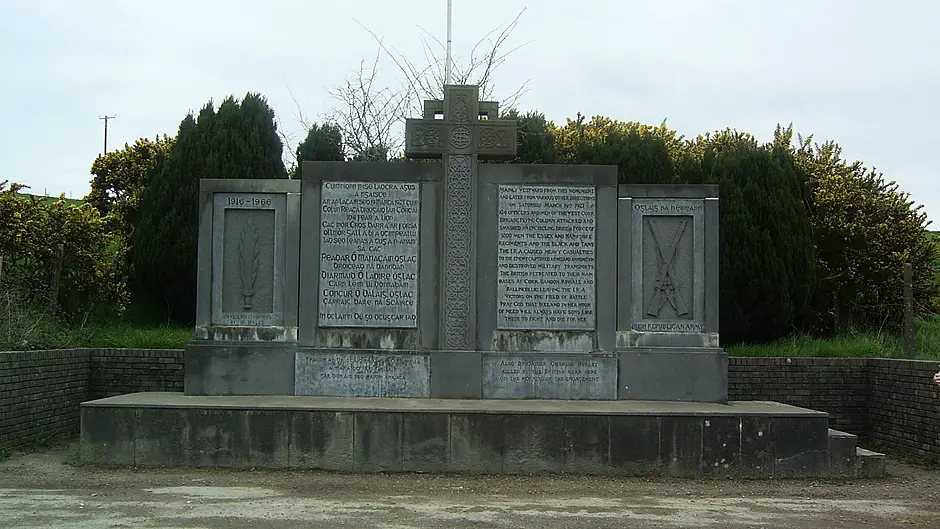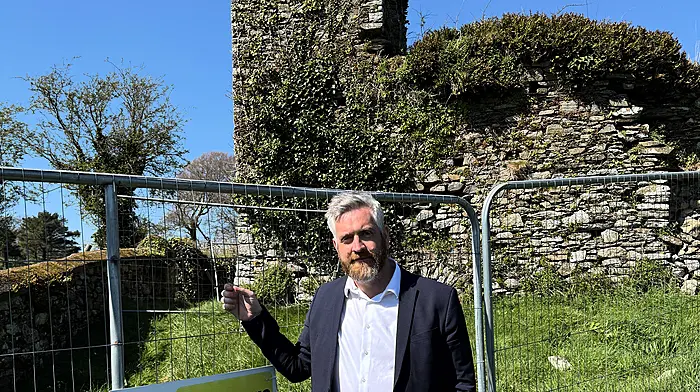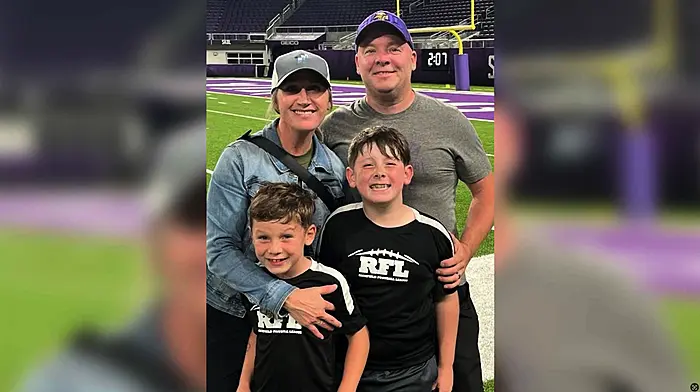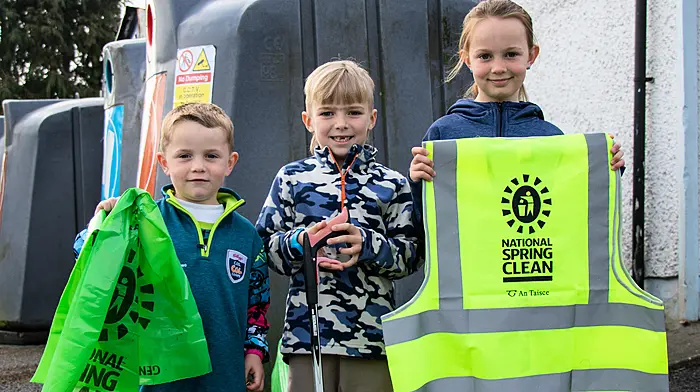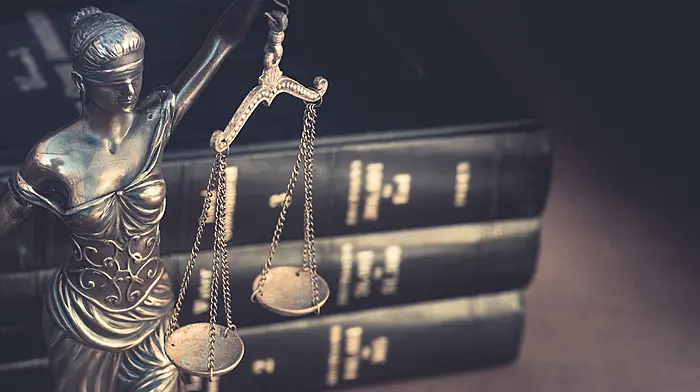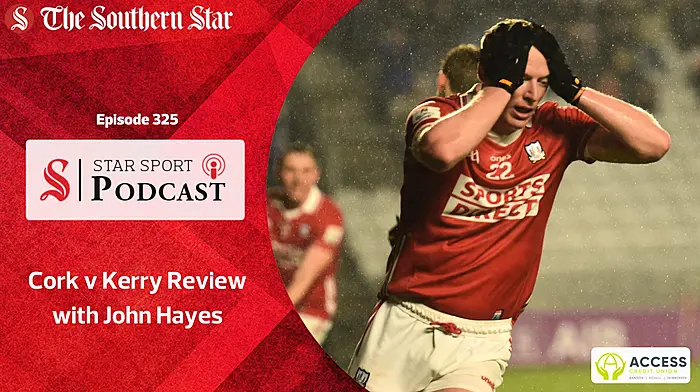BY DAITHÍ FALLON
WHAT might be deemed the ‘second phase’ of the Irish War of independence (1919-1921) began in earnest with the formation of flying columns, small guerrilla armies which moved around the countryside.
They had the support of the rural population which provided them with food, lodgings and such mundane things as the washing and mending of clothes.
The West Cork Brigade Flying Column was formed shortly after the Kilmichael ambush in late 1920. Tom Barry, though not technically brigade staff, was appointed officer commanding (O/C). His command of the Column was to be absolute, even when more senior brigade officers were present. Volunteers would be severely commanded, trained and disciplined, would have to march long distances, sleep in outhouses if necessary, and go without food for long periods.
The paramount objective of the Column was ‘not to fight, but to continue to exist’. It would ‘refuse battle if the circumstances were unfavourable’ and ‘avoid disaster at all costs’ but be ‘prepared to lose man for man, provided that a Column of limited size only was risked’.
In addition to its mission to destroy enemy forces, the Column was to prevent the rebuilding of the badly shaken civil administration in West Cork. Throughout 1920 organs of the British government had been severely undermined. All small, rural RIC stations had been attacked, mostly for arms, but many were abandoned and immediately burned by the IRA. This gave the Column some freedom to move about in the countryside, but also allowed the fledgling Irish government to fill the vacuum in civil authority through, for example, the Republican courts.
An arms fund was set up and all businesses levied based on their Poor Law Valuations. When large farmers (mostly loyalists) refused to pay, their livestock was seized and sold at fairs. The arms fund was used to buy arms where possible, but also to provide trench coats, boots, socks, underwear and cigarettes for the Column. Ted O’Sullivan, brigade vice O/C, stated ‘except when driven into the poorer regions where the people could not supply the food, the feeding of the men would be attended to by the generous people amongst whom they were operating.’
Flor Begley told Ernie O’Malley in about 1950: ‘Tom Barry was a hard man, very strict but very good to his column men, and they loved him. “Did you have a good billet”, he would say … “and were you well fed?” And if they hadn’t been well fed he would move them that night.’
When the Column entered a district, all the resources of the local battalion were to be at the disposal of the Column. This included arranging billets, food, clothing and, particularly, security. Typically there were two rings of the local company (the outer ring unarmed) ‘strung out around the camp for a radius of a mile on the outside and a quarter-mile on the inside, to protect the Column while it rested,’ according to Patrick O’Brien of Ballineen.
A safe house usually functioned as Brigade HQ but it often needed to be moved quickly. Sometimes it was possible to maintain it for a period of two to three weeks in the same area. Forde’s of Ballymurphy, north of Crossbarry, was a frequently used location and functioning as brigade headquarters on the morning of the Crossbarry ambush.
According to Denis Lordan, (the Column quarter master), ‘Cumann na mBhan made equipment such as haversacks for the IRA, supplied changes of underclothing and socks, carried despatches night and day, actively engaged in intelligence work, arranged for the burial of men killed in action and assisted the parents and families of men who had been killed, as well as … raising money for the arms fund and equipment for the IRA.’
Thus, the West Cork Flying Column moved around the countryside in the winter and spring of 1920-21. No doubt some of the people were passive and some were hostile, but the column could not have survived without the support of a good proportion of the people. To give the final word to Denis Lordan: ‘ … many households stinted themselves in the ordinary necessaries of life and even ruined themselves financially through their enthusiasm in providing food, clothing and finances for the IRA.’
The piper of Crossbarry: ‘more effective than 20 rifles’
The moment shooting began at Crossbarry on the morning of March 19th 1921, Flor Begley (right) struck up his bagpipes as a battle cry for the IRA men of the West Cork Flying Column.
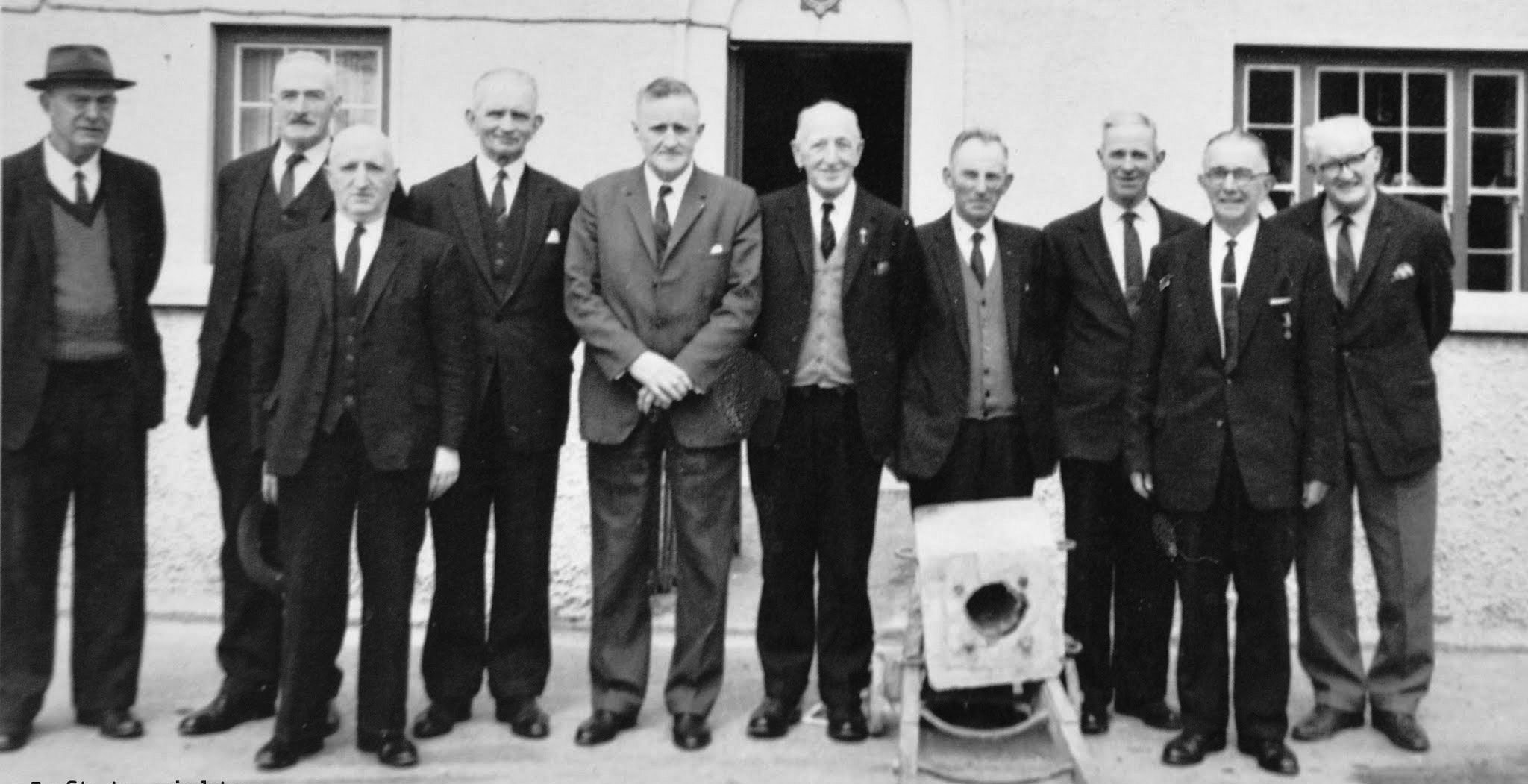 A group of War of Indepence veterans – some of whom were involved in the Crossbarry Ambush – at the Garda barracks in Drimoleague in May 1966. From left: Unknown, Jimmy Crowley, Flor Begley (the Piper of Crossbarry), Neilus Connolly, Liam Deasy, Denis Lordan, unknown, unknown, Sean O’Driscoll, Eugene Callanan. The object in front is an old improvised mine as used by the IRA during the War of Independence.
A group of War of Indepence veterans – some of whom were involved in the Crossbarry Ambush – at the Garda barracks in Drimoleague in May 1966. From left: Unknown, Jimmy Crowley, Flor Begley (the Piper of Crossbarry), Neilus Connolly, Liam Deasy, Denis Lordan, unknown, unknown, Sean O’Driscoll, Eugene Callanan. The object in front is an old improvised mine as used by the IRA during the War of Independence.
War tunes such as The Men of the West and Wrap the Green Flag ’Round Me Boys were heard from around the IRA command post in Beasley’s yard.
Begley had been with Charlie Hurley when they met Tom Barry and Liam Deasy on March 16th at Belrose House, a ‘safe house’ north of Crossbarry. When Hurley gestured to Begley it was time to return to billets, Barry said: ‘Flor is coming with us, Charlie.’
Volunteers spoke later of the way ‘the piper caused the blood to course through their veins’. Tom Kelleher said: ‘That man’s music was more effective than 20 rifles.’
The music also appeared to have the desired effect on the British, as the lorries following those caught in the initial ambush were abandoned. Crown Forces might normally associate war pipes with a military battalion.
Begley took the anti-Treaty side in the Civil War and ‘suffered for it’. When he returned to civilian life he opened a newsagent’s business in Bandon.
He was very active in local Fianna Fáil politics and Bandon GAA, until his death in 1979.
In 1960, Flor Begley took the unusual step of returning to the Irish Bureau of Military History (BMH) to give a second witness statement, almost exclusively about the Battle of Crossbarry.
In it he estimated that a maximum of 350 British troops were involved in an operation designed to find IRA brigade headquarters, and not to encircle the Column, as Tom Barry had claimed.
Begley’s place in Irish history is nevertheless secure. In Towards Ireland Free, Liam Deasy wrote: ‘This was Begley’s finest hour … (for) which he will be forever remembered as The Piper of Crossbarry.’

